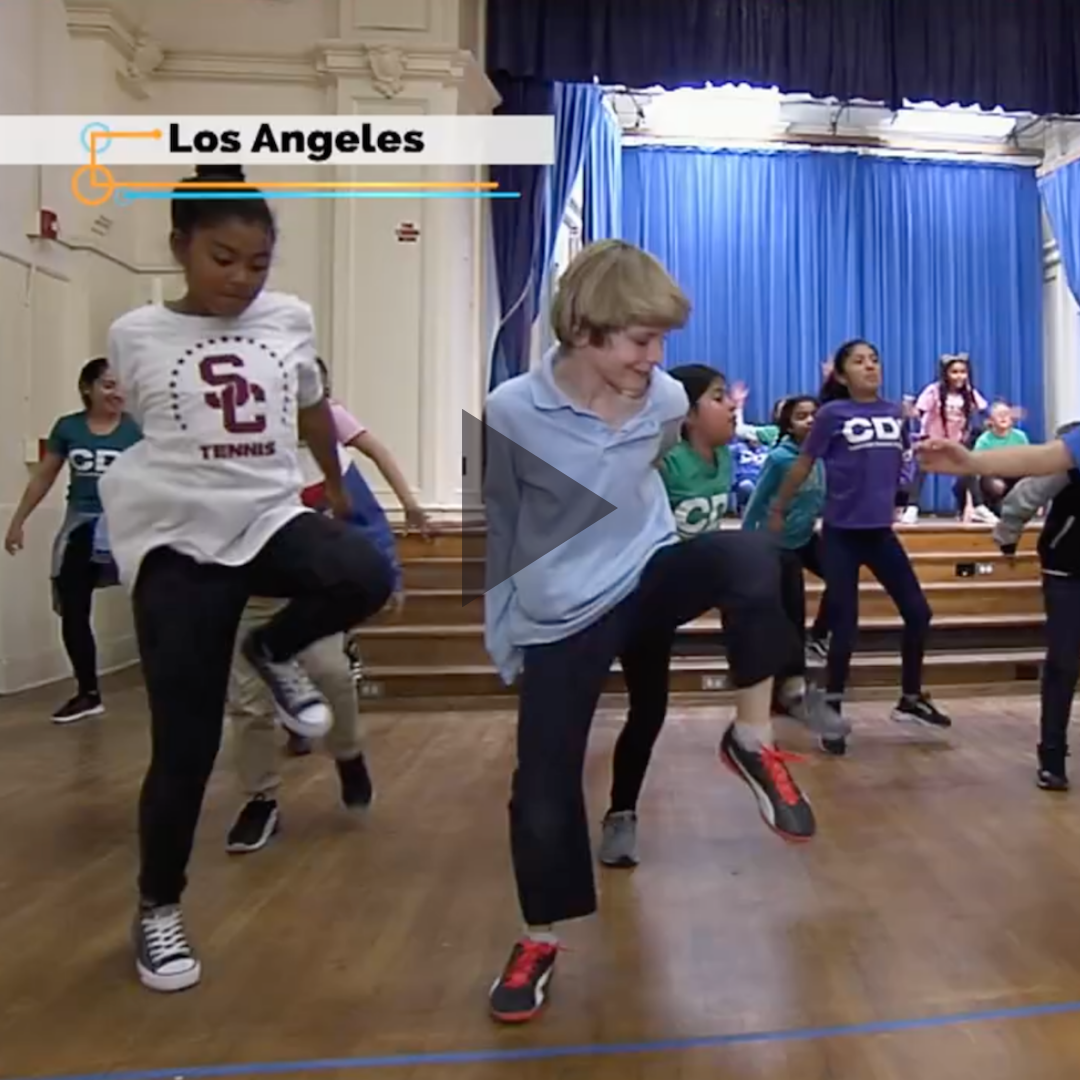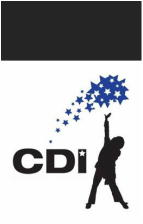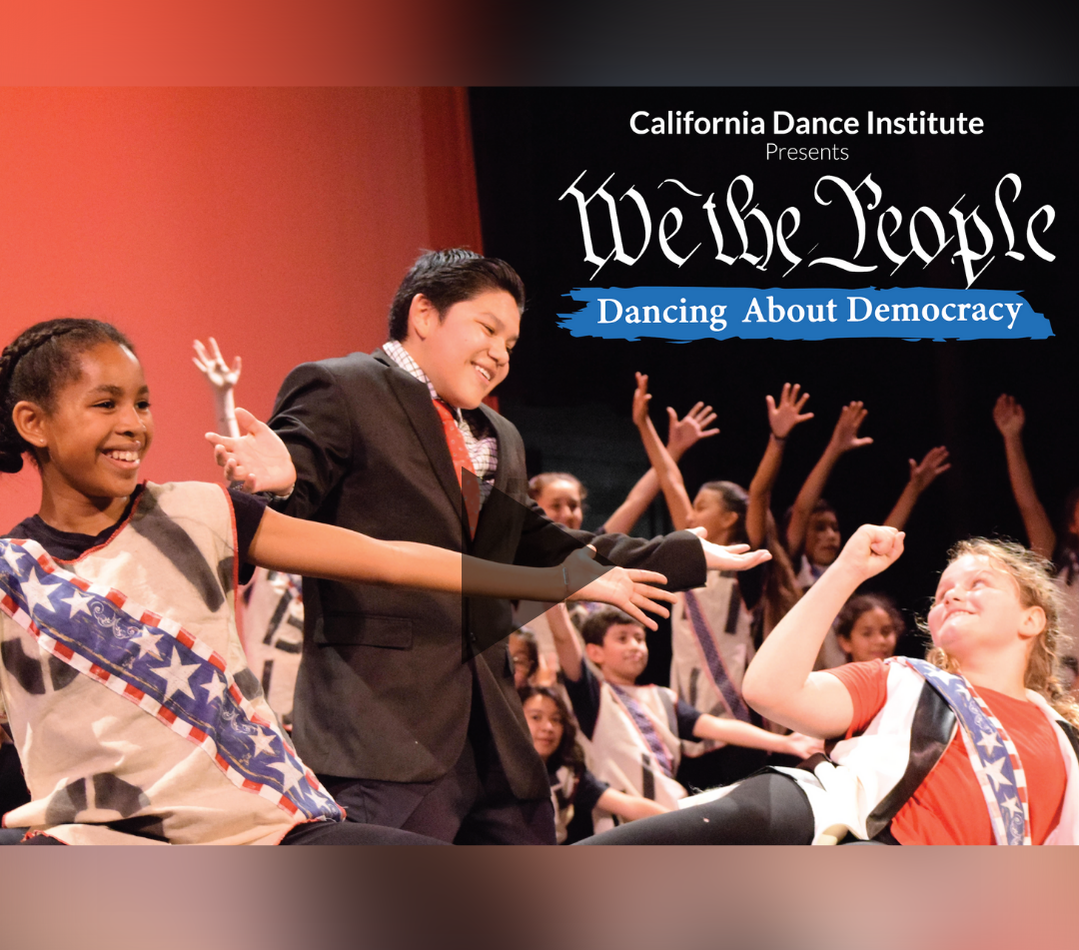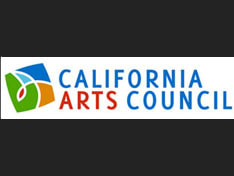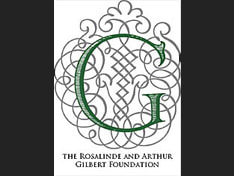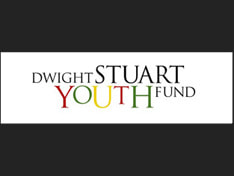|
As Sir Ken Robinson notes (in his marvelous TED talk "How Schools Kill Creativity"), “You don’t think of Shakespeare being a child, do you? Shakespeare being 7. He was in somebody’s English class. How annoying would that be? ‘Must try harder.’ Or his father, ‘Put the pencil down and go to bed, now. And stop speaking like that.’"
Well, my friend Robin Lithgow (arts education specialist for the LAUSD and sister to actor John Lithgow) has written a book about Shakespeare’s education as a boy. It's fascinating that his education was an arts education. Read on. Good Behavior and Audacity Humanist Education, Playacting and a Generation of Genius by Robin Lithgow William Shakespeare and thousands of his peers attended schools where they had daily practice in the skills of oral presentation, or theatre skills. Humanist curriculum, as envisioned by Desiderius Erasmus, enjoyed a brief span in the history of education. It blossomed in the second half of the sixteenth century and died out in the seventeenth as the influence of the Puritans gradually replaced it with a greater focus on the study of the Bible, in English. But for a few generations, boys in England went to schools where they were taught to delight in the reading, writing and dramatic voicing of the rhetorical flourishes of Terence, Virgil, Cicero, Horace, Sallust, Lucian and Ovid. They also learned conversational Latin through role-playing. This generation became the most discerning audience in theatre history, and among them were the boys, Shakespeare among them, who would grow up to write the works that became the foundation of our literary heritage.... I have put my fascination with this topic into the context of my childhood as a theatre brat, my career in arts education, and my conviction that engagement in classroom dramatics and a rigorous education in the performing arts reaps lifelong benefits in cognition, empathy, confidence and emotional health. The research I’ve done for this book opened for me a world that very few have visited. I have read extensively, and when I read Erasmus’ Colloquies, for instance, I dream in Breugel. That said, this is not a particularly scholarly book. My ultimate purpose is not to focus once again on the life or the works of William Shakespeare, except for the few years of his youth when he was a schoolboy in Stratford. It is not even to take yet another look at the curriculum and pedagogy of humanist education, although that is central to my argument. The purpose is to contribute to a historical examination of the intersection between arts education and learning, starting with what I have learned about the way Shakespeare and his peers were educated, and to speculate on what that might have contributed to greatest era in English literature. By extension, of course, and of most immediate relevance, I wrote it to reflect upon what is missing from the education of our children today. Comments are closed.
|
CDIBlog updates Archives
April 2018
Categories |
CALIFORNIA DANCE INSTITUTE
California Dance Institute is grateful to our supporters for all they do
to make dreams come true for the children of California Dance Institute.
Here are some of the foundations that support us.
to make dreams come true for the children of California Dance Institute.
Here are some of the foundations that support us.
This ORGANIZATION Is supported, in part, by GRANTS FROM THE DEPARTMENT OF CULTURAL AFFAIRS, CITY OF LOS ANGELES;
the Los Angeles County Board of Supervisors through the Los Angeles County Arts Commission;
and the CALIFORNIA ARTS COUNCIL.
CALIFORNIA DANCE INSTITUTE 11152 ROLKEL PLACE PORTER RANCH, CA 91326 323.301.8900
CDI’s Nonprofit Tax ID: 26-3464981
CDI’s Nonprofit Tax ID: 26-3464981
Powered by Flipcause
 RSS Feed
RSS Feed
